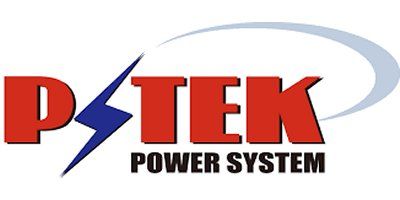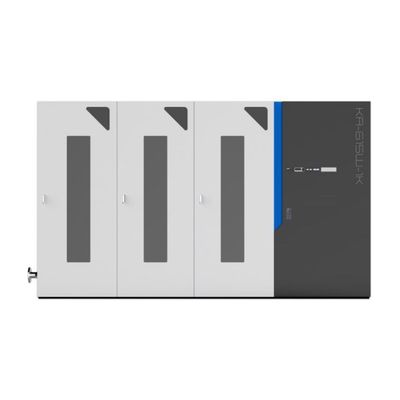

- Home
- Companies
- PSTEK Co., Ltd
- Products
- PSTEK - Dual-freqeuncy Induction ...

PSTEK - Dual-freqeuncy Induction Hardening Systems
Dual-frequency induction hardening is a technology that is used to heat treat precise gear materials that require contour hardening in order to make them high-grade materials. PSTEK’s dual-frequency induction hardening instantly outputs intermediate frequency and high frequency using one inverter, realizing contour hardening. The use of dual frequency for contour hardening enables a stronger impact resistance, fatigue strength and wear resistance than a general induction hardening. As well, only the required parts are heated for a short period of time, which offers significant benefits. The minimization of material deformation can considerably reduce energy costs and post-processing process costs, while improving productivity. This is a next-generation technology that is optimized for the automobile and special part industries, which require a high level of product quality.
PSTEK`s Dual-freqeuncy Induction Hardening Systems
- PSTEK’s patented technology that outputs dual frequency in the structure consisting of “one power supply and one coil”
- ? Patent pending: Induction heating apparatus using dual-frequency resonant inverter (April 2015)
- Simple structure of power circuits and devices minimizes the installation area and makes installation easier
Maximized improvement of hardening quality
- The surface with its hardened contour strengthens wear resistance, and the internal soft layer improves impact resistance and fatigue strength, which substantially increases the durability of parts
Minimized material deformation due to ultra-high speed heating
- Our independently developed 32bit DSP regulation system reduces the heating rise time to 10 ms
- Material deformation is minimized compared to cementation, nitration and general high-frequency heat treatment (improved roundness).
Effect of post-processing improvement
- Deformation is considerably reduced by heating and cooling only the parts that need hardened layers at an ultra-high speed
- Minimized deformation allows post-processing to be omitted or reduced, thus reducing processing costs and dramatically improving productivity
- Hardening and tempering processes can be replaced by a single process, depending on the materials
Energy saving effect
- Slow-speed DC charging system / A high-frequency and high-speed discharge heat treatment system is applied to reduce power-receiving contract power to one fifth of the maximum power
- Ex) Up to 1 MW dual frequency devices can be operated using 200 kW power-receiving facilities, and energy costs can be reduced by lowering the maximum power-receiving capacity
We suggest and provide optimum supplies and device configurations based on customer demands and conditions.
- Gears for automobile
- Sun gears
- Pinion shafts
- Sprockets
